Varnishes
-
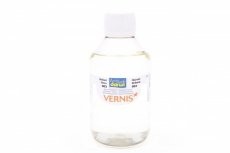 € 14.40
€ 14.40Darwi glossy varnish 250ml
Characteristics:
- Alcohol based protective varnish
- Transparent when dry
- Fast-drying on the surface - slow hardening in depth
- Satin finish
Applications:
- Application on totally dry objects. A milky haze will appear if the varnish is applied on a dump surface. The varnish will also be more fragile.
- Ready to use, apply with a brush in a thin coat and let dry for 3 hours before applying a second coat. The ceramic finish will appear after 3 coats of varnish.
- Clean the brush with the Darwi Cleaner
-
 € 14.40
€ 14.40Darwi satin varnish 250ml
Characteristics:
- Alcohol based protective varnish
- Transparent when dry
- Fast-drying on the surface - slow hardening in depth
- Satin finish
Applications:
- Application on totally dry objects. A milky haze will appear if the varnish is applied on a dump surface. The varnish will also be more fragile.
- Ready to use, apply with a brush in a thin coat and let dry for 3 hours before applying a second coat. The ceramic finish will appear after 3 coats of varnish.
- Clean the brush with the Darwi Cleaner
-
 € 17.60
€ 17.60Maimeri picture varnish 250ml
Final varnish combining the flexibility and hardness qualities of its components. It can also be used for other mediums.
-
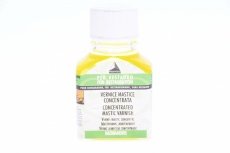 € 31.80
€ 31.80Maimeri concentrated mastic varnish 75ml
Highly priced natural varnish of traditional use. Very flexible. To use as addition to restoration colours.
-
 € 8.30
€ 8.30Maimeri retouching varnish for resouration 75ml
Very fast drying, light varnish for retouching and restoration. Moderately shiny, it does not yellow.
-
 € 19.70
€ 19.70Maimeri picture cracking varnish 250ml
Amber solution, ready to use. Brush over the surface treated with the Patina varnish. Once the cracks are formed and blackened, apply another coat of Patina varnish. Temperature and humidity of the environment affect the size of the cracks.
-
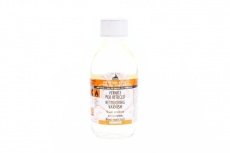 € 16.50
€ 16.50Maimeri retouching varnish 250ml
Light final varnish. Suitable to remove mat areas formed on unfinished areas, while painting. Medium drying time. It is also used as final varnish, when little gloss is required.
-
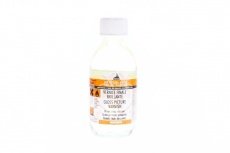 € 18.70
€ 18.70Maimeri gloss picture varnish 250ml
Glossy, non yellowing varnish. Wait till the painting is fully dry before varnishing. Particularly protective thanks to its UV filter. Reversible product.
-
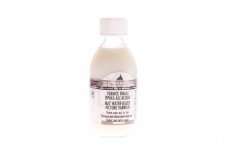 € 20.10
€ 20.10Maimeri water-based picture varnish 250ml
For oil and acrylic painting. Alternative product to conventional solvent varnishes. Easy to apply, it imparts a mat finish. It does not yellow in time.
-
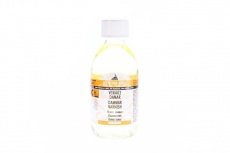 € 14.00
€ 14.00Maimeri damar varnish 250ml
Traditional final natural varnish. It tends to yellow. Its normal amber colour and any sediment do not compromise the final result. It imparts greater brightness and shine to colours.
-
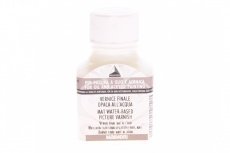 € 8.00
€ 8.00Maimeri mat water-based picture varnish 75ml
Alternative product to conventional solvent varnishes. Easy to apply, it imparts a mat finish. It does not yellow in time.
-
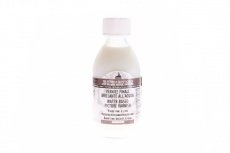 € 17.00
€ 17.00Maimeri water-based picture varnish 250ml
For oil and acrylic painting. An alternative to traditional solvent varnish. Easy to apply, it enhances the colour brightness. It does not yellow with time.
-
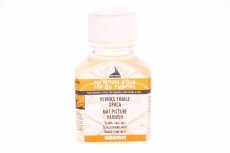 € 9.40
€ 9.40Maimeri Mat Picture Varnish 75ml
Iridescent solution that produces a mat, very resistant film. Shake well before using. Do not apply on very absorbent surfaces, if not previously treated with insulating varnish. It can be mixed with Gloss picture varmish to obtain different degrees of glossy or mat effects. Reversible product.
-
 € 6.40
€ 6.40Maimeri Dammar Varnish 75ml
Traditional final natural varnish. It tends to yellow. Its normal amber colour and any sediment do not compromise the final result. It imparts greater brightness and shine to colours.
-
 € 5.40
€ 5.40Maimeri white spirit 75ml
Thinner with good solvent power for oil colours and varnishes. Very slow evaporation. Suitable also for cleaning brushes and palettes.
-
 € 7.90
€ 7.90Maimeri Water based picture varnish 75ml
An alternative to traditional solvent varnish. Easy to apply, it enhances the colour brightness. It does not yellow with time.
-
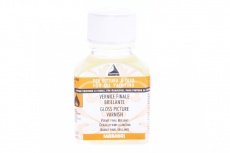 € 9.10
€ 9.10Maimeri gloss picture varnish 75ml
Glossy, non yellowing varnish. Wait till the painting is fully dry before varnishing. Particularly protective thanks to its UV filter. Reversible product.
-
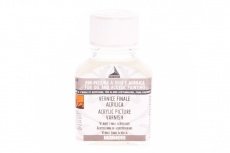 € 8.80
€ 8.80Maimeri Acrylic picture varnish 75ml
Finishing varnish based on non yellowing solvent, easy to apply. The UV filter makes this finish very suitable for outdoor painting.
-
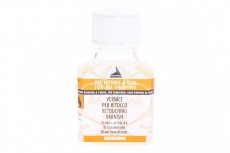 € 8.30
€ 8.30Maimeri retouching varnish 75ml
Light final varnish. Suitable to remove mat areas formed on unfinished areas, while painting. Medium drying time. It is also used as final varnish, when little gloss is required.
-
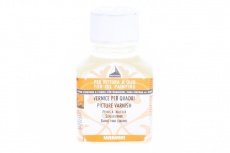 € 8.60
€ 8.60Maimeri picture varnish 75ml
For oil painting. Final varnish combining the flexibility and hardness qualities of its components. It can also be used for other mediums.
-
 € 8.60
€ 8.60Maimeri fixative varnish 75ml
Clear and transparent solution, it does not yellow. It fixes and protects the painting or any other object. Suitable for any application. Clear and colourless, it is slightly mat if applied in a thin coat, while it acquires a glossy look in thicker coats.
-
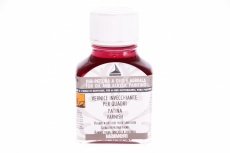 € 9.80
€ 9.80Maimeri patina varnish 75ml
Fatty amber finish, giving the painting an antique look. It is used as undercoat for the Picture cracking finish. It yellows in time.
-
 € 31.80
€ 31.80Maimeri mastic varnish 75ml
Very valuable natural varnish of antique tradition. It is very flexible and elastic, giving to the painting a particular brightness. It tends to yellow in time. Reversible product.
-
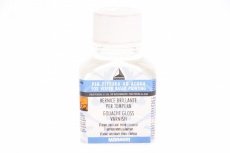 € 8.60
€ 8.60Maimeri gouache gloss varnish 75ml
Clear and transparent solution that increases the gloss of gouaches. An undercoat of Insulating varnish is recommended. It must be reminded that, using this finish, gouaches loose their mat look and covering power, changing tones and making the brush strokes obvious. It protects the painting from damage caused by natural elements.
-
 € 8.20
€ 8.20Maimeri picture cracking varnish 75ml
Amber solution, ready to use. Brush over the surface treated with the Patina varnish. Once the cracks are formed and blackened, apply another coat of Patina varnish. Temperature and humidity of the environment affect the size of the cracks.